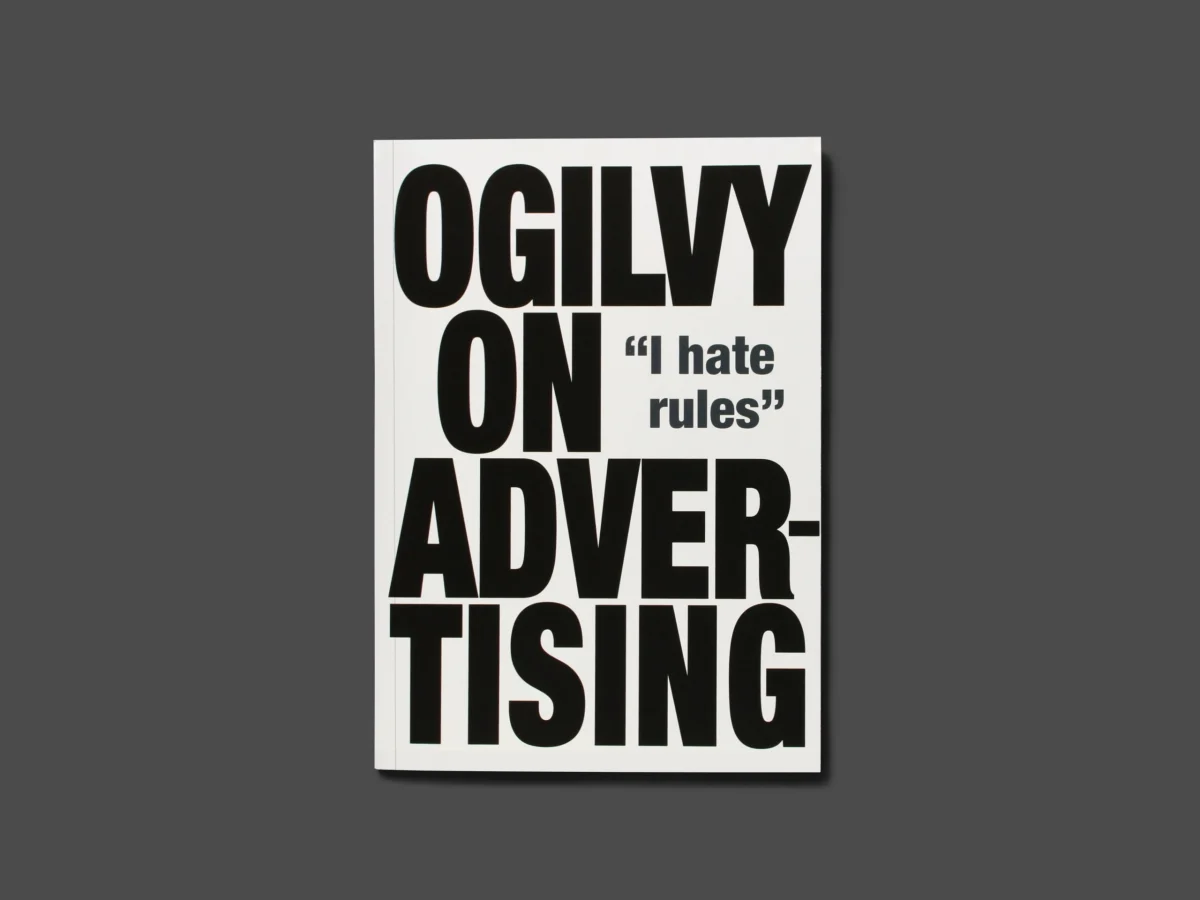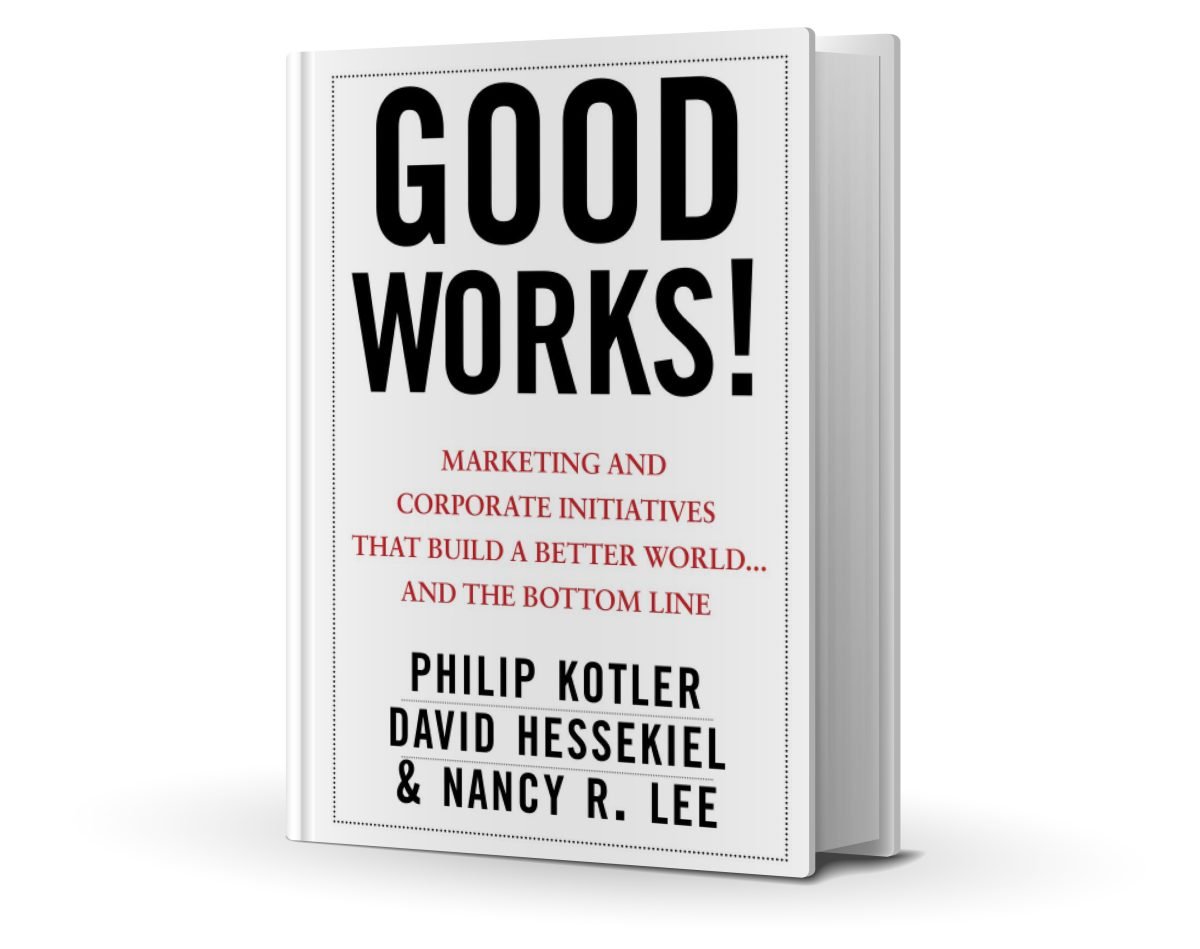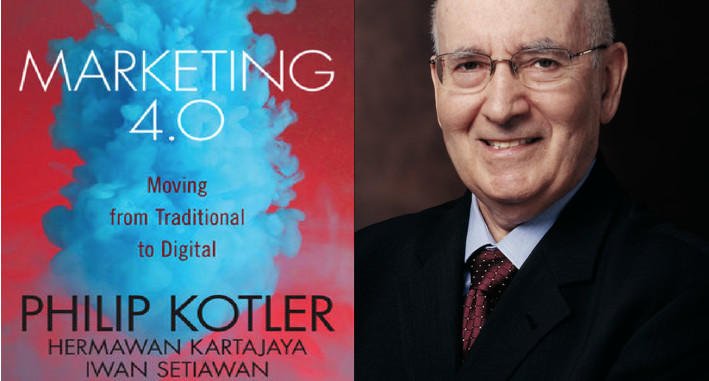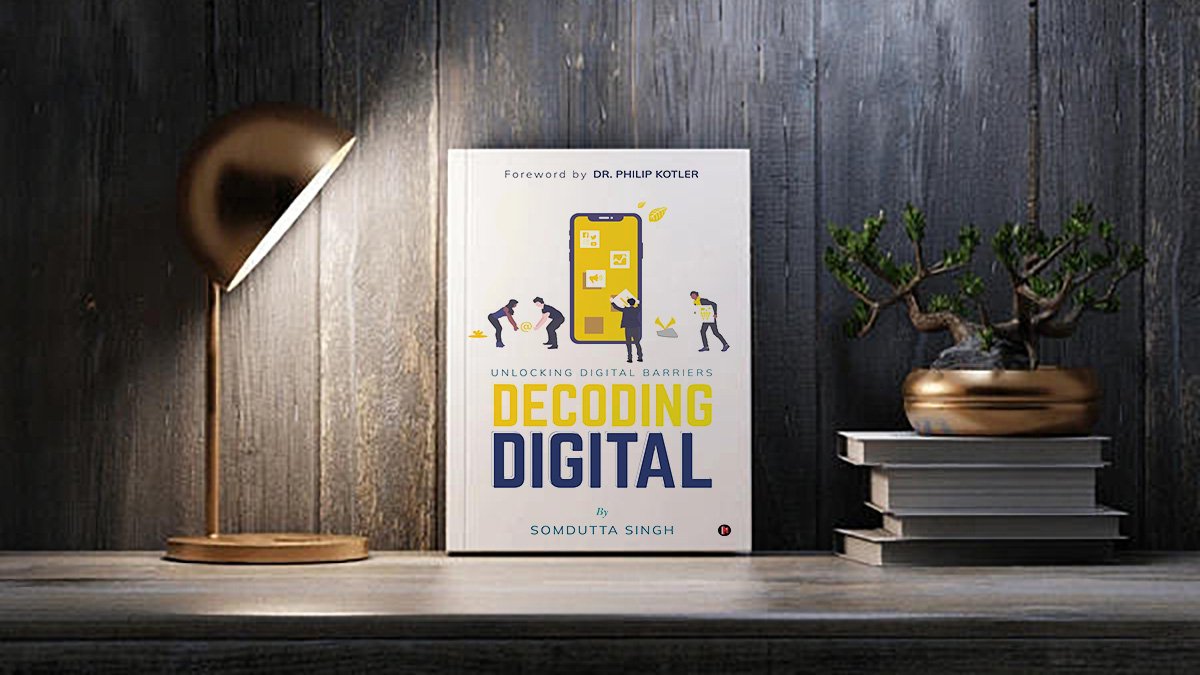David Ogilvy, often hailed as the “Father of Advertising,” has left a legacy of timeless principles and practices that continue to shape the advertising world. In his book, Ogilvy on Advertising, he shares a wealth of wisdom, blending strategic insight with creative inspiration. Here’s a deep dive into the key takeaways from this classic, offering lessons for anyone looking to excel in the art and science of advertising.
1. Core Principles of Advertising
At its heart, advertising is about selling. Ogilvy emphasizes that creativity must serve a purpose beyond aesthetic appeal—it must drive results.
- Effectiveness Trumps Creativity: Ogilvy’s mantra is simple: If an advertisement doesn’t sell, it isn’t creative. While creativity garners attention, the ultimate goal is to persuade consumers to act. (“If it doesn’t sell, it isn’t creative.”)
- The Power of Research: Effective advertising begins with homework. Understanding the product, the market, and the audience is non-negotiable. (“You don’t stand a tinker’s chance… unless you start by doing your homework.”)
- The Big Idea: Great advertising revolves around a compelling “big idea.” This isn’t born from thin air but emerges when the subconscious processes well-researched information. (“Stuff your conscious mind with information, then unhook your rational thought process.”)
2. Building Strong Brands
Ogilvy underscores the importance of creating a cohesive and compelling brand image, which he equates to a product’s personality.
- Brand Personality: Like people, products have personalities. This personality is an amalgam of the product’s name, packaging, price, and advertising style. A strong personality can make or break a product in the marketplace. (“Image means personality.”)
- Differentiation: Instead of claiming superiority, focus on clearly and honestly communicating what makes your product unique. (“Don’t try to imply that your product is better. Just say what’s good about your product.”)
3. Crafting Effective Advertisements
Ogilvy provides actionable advice for creating ads that capture attention and drive engagement.
- Headlines Are Paramount: A headline is the gateway to an ad. Ogilvy notes that headlines attract five times more readers than body copy. Effective headlines promise benefits, address problems, or offer services. (“Headlines get five times the readership of the body copy.”)
- Simplicity in Design: Overly artistic layouts can detract from an ad’s message. Instead, aim for designs that mimic editorial pages to draw in readers. (“Layouts should be simple.”)
- Captions and Prices Matter: More people read captions under images than the body text, so they must include key information like the brand name and promise. Displaying the price is equally crucial to overcome hesitation. (“Never use an illustration without a caption… Always try to include the price.”)
4. Leadership and Team Building
Ogilvy was as much a master of managing people as he was of crafting ads. His insights into leadership are invaluable.
- Hire the Best: To build a great agency, recruit people more capable than yourself. (“If each of us hires people who are bigger than we are… we will become a company of giants.”)
- Inspire, Don’t Intimidate: People produce their best work in a positive environment. Fear and intimidation have no place in effective leadership. (“People do their best work in a happy atmosphere.”)
- Be Visible: A good leader interacts with their team rather than isolating themselves. Visiting employees in their spaces fosters connection and approachability. (“A boss who never wanders about his agency becomes an invisible hermit.”)
5. Ethics and Responsibility in Advertising
Ogilvy advocates for ethical advertising, emphasizing that honesty builds trust and long-term success.
- Honesty Over Hyperbole: Avoid exaggerations and superlatives, as they undermine credibility. (“Stay away from superlatives.”)
- Advertising’s True Role: Advertising isn’t about manipulation or saving the world. It’s about doing a necessary job with competence and dignity. (“We are merely human, trying to do a necessary human job with dignity.”)
6. Practical Insights and Best Practices
Ogilvy’s book is packed with pragmatic advice for achieving advertising success.
- Focus on What Works: Invest in making successful products even more successful rather than reviving failing ones. (“It is the mark of a brave man to admit defeat… and move on.”)
- Trust Builds Sales: Consumers buy from brands they trust. This is especially crucial in direct marketing. (“The more people trust you, the more they buy from you.”)
- Continuous Advertising: Cutting advertising budgets, especially during a recession, can have long-term negative effects. Consistent advertising fosters growth and resilience. (“Studies… have demonstrated that companies which do not cut back their advertising budgets achieve greater increases in profit.”)
David Ogilvy’s Ogilvy on Advertising remains a masterclass in advertising and leadership. It balances creativity with practicality, offering a roadmap for creating impactful campaigns, building strong brands, and leading successful teams.
For advertisers, marketers, and business leaders alike, Ogilvy’s insights serve as a timeless reminder that advertising is both an art and a science—a discipline that thrives on integrity, strategy, and innovation.
By applying these principles, we not only honor Ogilvy’s legacy but also set ourselves up for enduring success in the dynamic world of advertising.







